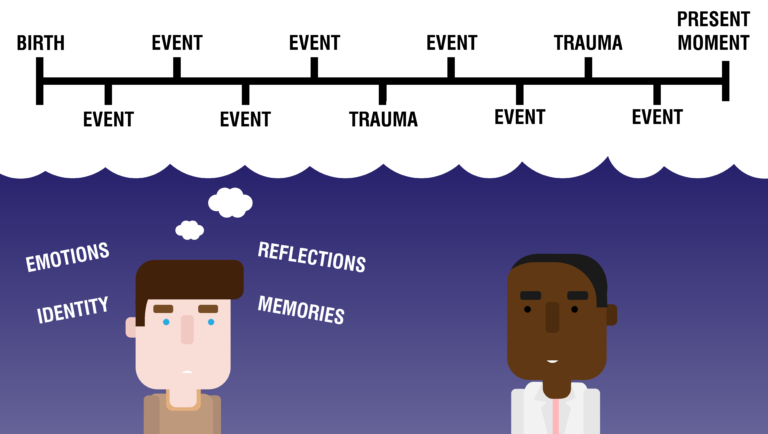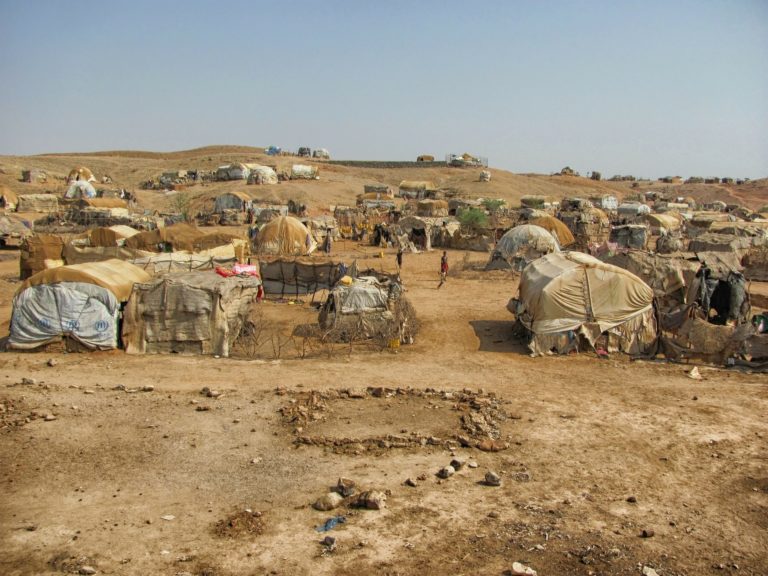Home / Healthcare & Medicine / Anxiety & Depression / Post-Traumatic Stress Disorder (PTSD) in the Global Context / What is narrative exposure therapy (NET)?
This article is from the free online
Post-Traumatic Stress Disorder (PTSD) in the Global Context


Reach your personal and professional goals
Unlock access to hundreds of expert online courses and degrees from top universities and educators to gain accredited qualifications and professional CV-building certificates.
Join over 18 million learners to launch, switch or build upon your career, all at your own pace, across a wide range of topic areas.

 A cartoon doctor and patient. The patient is thinking of a timeline, beginning with ‘birth’ and ending with ‘present moment’. Between these two are various entries marked as either events or traumas.
A cartoon doctor and patient. The patient is thinking of a timeline, beginning with ‘birth’ and ending with ‘present moment’. Between these two are various entries marked as either events or traumas.  The image shows tents in a refugee camp. Source:
The image shows tents in a refugee camp. Source:  Source:
Source: 





